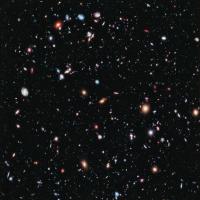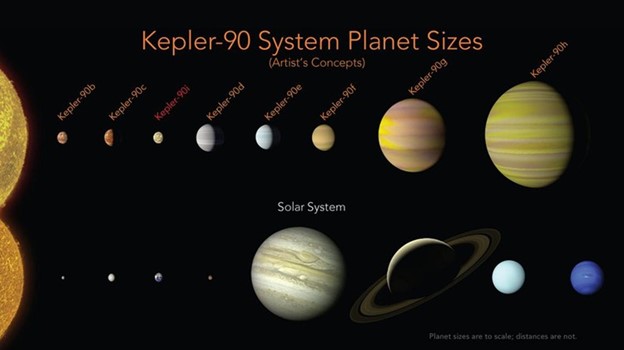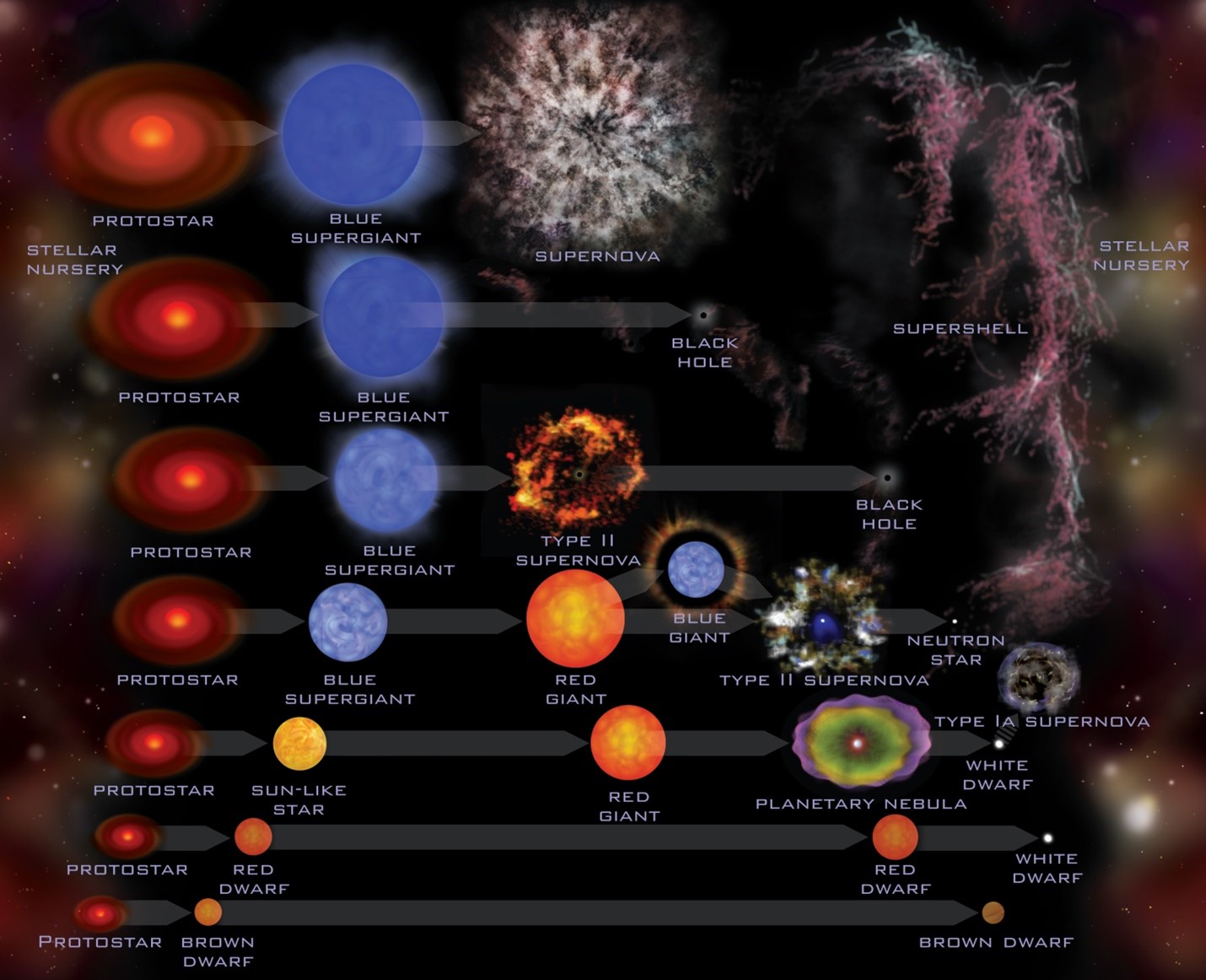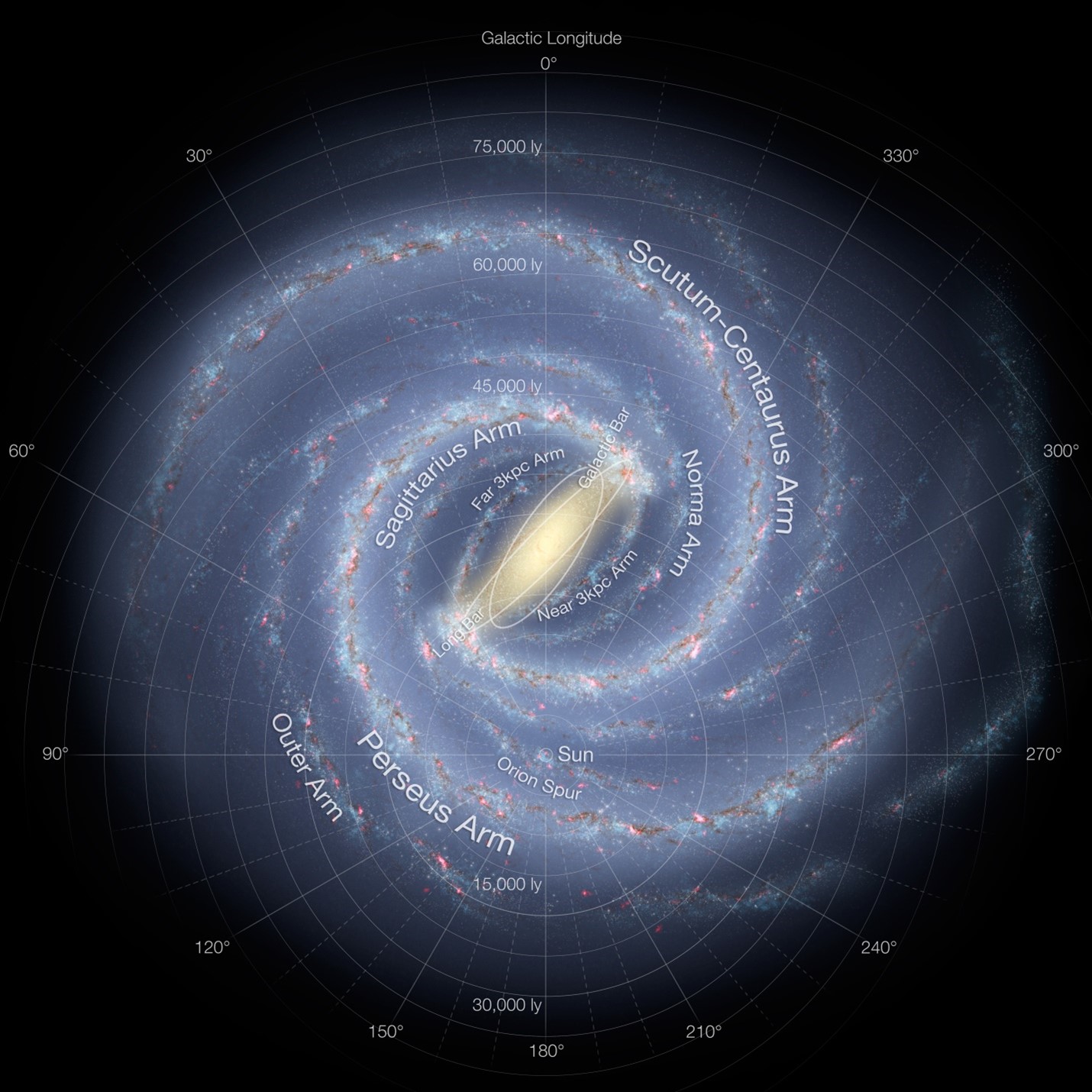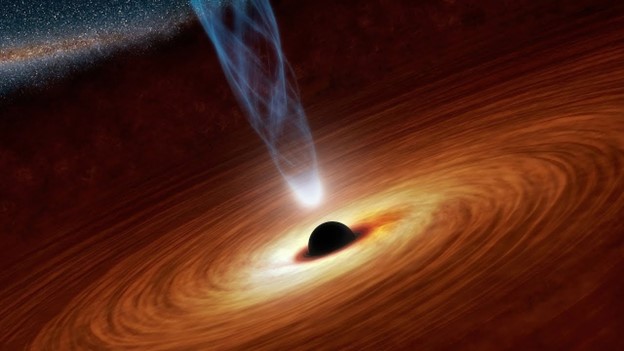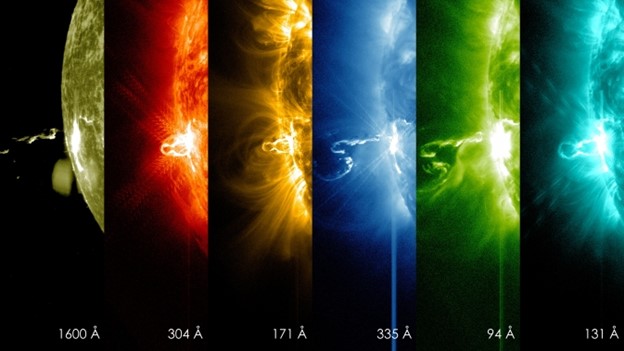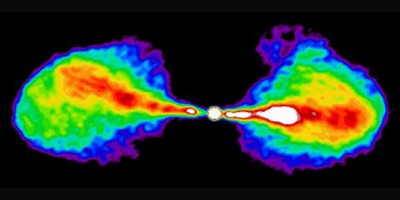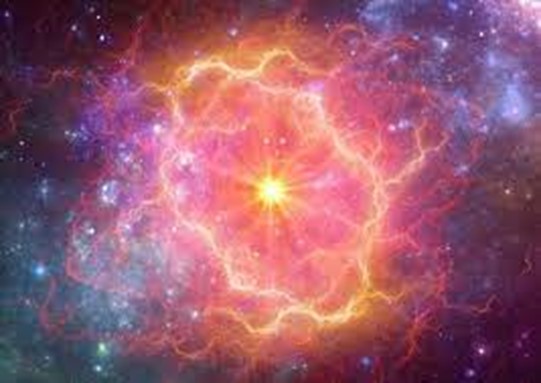Modern astronomy generates an unprecedented volume of data through space- and ground-based telescope observations and sky surveys, capturing high-resolution images, spectra, and light curves of billions of celestial objects.
Astronomical data holds the key to unlocking the mysteries of the universe. However, this data is vast—only the Large Synoptic Survey Telescope (LSST) collects about 20 terabytes every night. Handling such massive datasets requires advanced tools and techniques such as:
- Big Data Analytics: Extracting meaningful insights from immense datasets
- Complex Calculations: Simulating cosmic events and understanding astrophysical phenomena
- Pattern Recognition: Identifying hidden trends and anomalies
The fusion of Machine Learning, Artificial Intelligence, and High-Performance Computing is transforming modern astronomy.
Machine Learning
Machine Learning (ML) involves using algorithms and statistical models to enable computers to learn from data and improve performance on specific tasks without being explicitly programmed.
ML focuses on pattern recognition, predictions, and making informed decisions based on historical data. Common ML algorithms include decision trees, neural networks, support vector machines, and more.
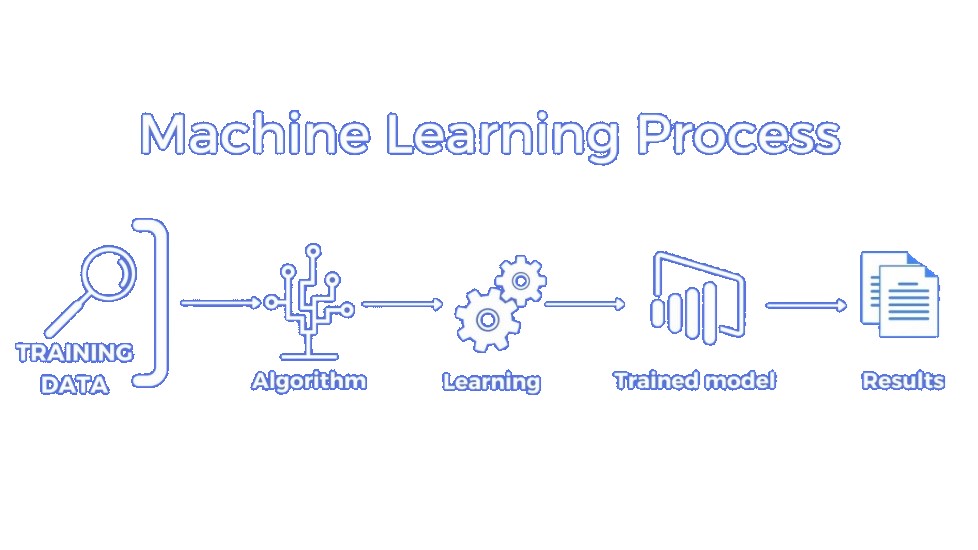
Artificial Intelligence
Artificial Intelligence (AI) enables computers to perform tasks that typically require human intelligence, such as reasoning, problem-solving, natural language understanding, and decision-making.
While AI includes ML, it also encompasses techniques like rule-based systems, expert systems, and symbolic reasoning.
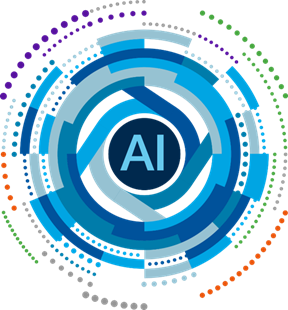
High-Performance Computing
High-Performance Computing (HPC) refers to the use of powerful machines or clusters to execute complex calculations and manage massive amounts of data at high speeds.
HPC maximizes processing power, memory, and bandwidth to solve intricate problems efficiently.

At the Computational Astrophysics Lab, we apply Machine Learning, Artificial Intelligence, and High-Performance Computing in the following research areas:
